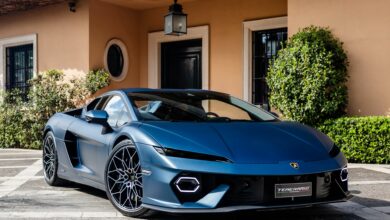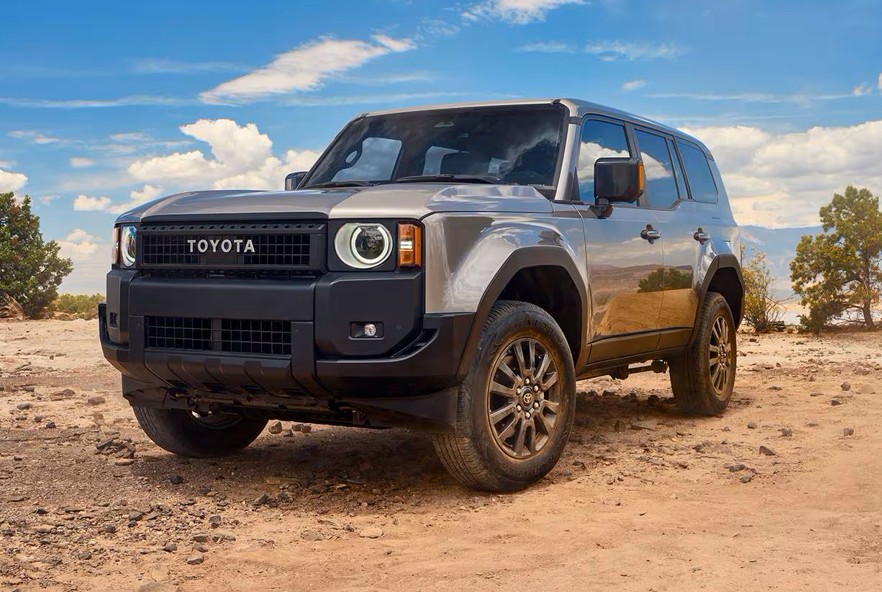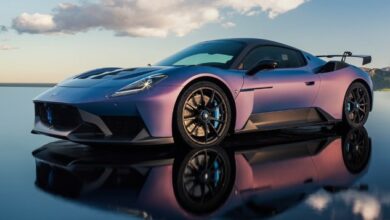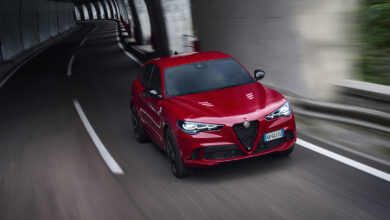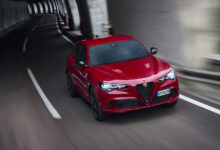
Toyota 86
Bang for buck sports car

The Toyota 86 returns for another crack at the most-fun-to-drive-for-the-price title this model year with a few small tweaks and modifications.
Before we get started, a small history lesson — the 86 (or hachi roku in Japanese) moniker pays respects to the Japanese automaker’s earlier sporty rear-wheel drive offerings. Most obviously, the AE86 from the 1980s that exploded in popularity because of unique styling, a low centre of gravity, affordable pricing and last but not least an amazing power-to-weight ratio making it perfect for rallying, circuit driving and later, drifting. You’ll see the number prominently displayed throughout the vehicle from the fenders to the dash.
New changes
One of the biggest upgrades in 2017 is the switch to front-to-back LEDs for the headlamps, turn signals and taillights. The integrated daytime running lights are LED as well, giving a nice classy touch to the front fascia and a signature look as the car approaches.
The front bumper has been given a total rework — rather than the more traditional, conservatively shaped lower air intake, the centre opening invades most of the cover and is filled with mesh. The adjoining fenders are bulgier and as we mentioned feature stylized round silver 86 badging. New twin five spoke alloy wheels and a slightly reshaped rear bumper complete the exterior updates.
Inside, the cabin gets a slight makeover as well. New higher quality materials find themselves onto the seats (with different colour stitching depending on the market), instrument panel surround and door trim.
Purpose-built interior
Sitting behind the wheel, there is a strong sense of focus on the driver. The seats are supportive, providing excellent lumbar support, and all controls, including the touch-sensitive 6.1-inch Display Audio System, are easily accessible. Climate control is thankfully manipulated using physical knobs. I normally sit awkwardly in small sport coupes, and in this case I experienced no knee-hitting-steering column issues in the 86.
While there are seats in the rear, the lack of any real legroom means it wouldn’t be fair to subject any adults to sitting back there for any length of time. Smaller children and groceries might be OK for short trips, though.
Performance is still generated by a 2.0-litre horizontally opposed four-cylinder engine — Toyota is touting that it currently produces the only rear-wheel sports car to possess a front-mounted boxer mill — although the pistons and intake and exhaust manifold have been massaged resulting in smoother and more efficient power delivery. Output remains 200 horsepower developed at a rev-happy 7,000 rpm and 205 Nm of torque at 6,600 rpm (205 hp and 212 Nm for standard transmission variants attributed to a different rear differential ratio), but the exhaust note emitted seems to be a tad more aggressive and appealing.
On rails
Sharp handling is a trademark for the 86 and the trend seems to continue here. Spring rates and shock dampening are firmer than previous for flatter cornering, and there’s now a “Track Mode


